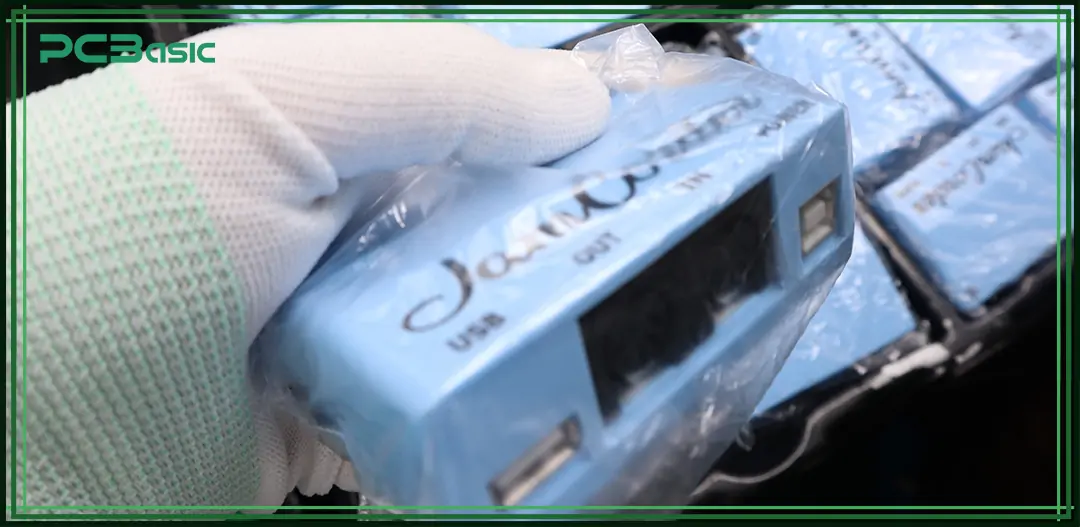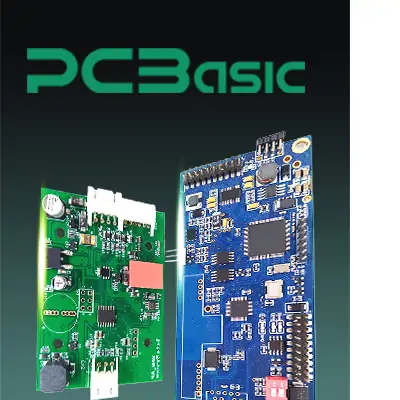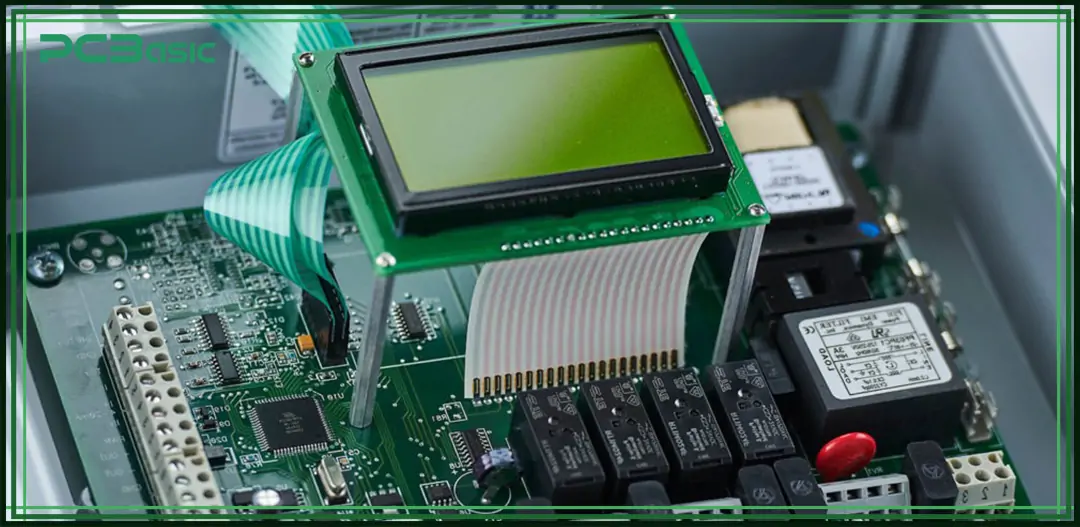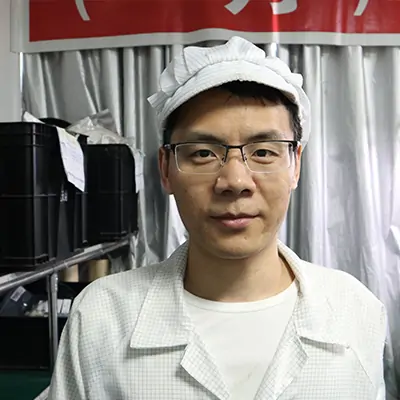

Global high-mix volume high-speed PCBA manufacturer
9:00 -18:00, Mon. - Fri. (GMT+8)
9:00 -12:00, Sat. (GMT+8)
(Except Chinese public holidays)


Global high-mix volume high-speed PCBA manufacturer
9:00 -18:00, Mon. - Fri. (GMT+8)
9:00 -12:00, Sat. (GMT+8)
(Except Chinese public holidays)
HomePage > Blog > Knowledge Base > Box Build Explained: The Final Step in Electronics Manufacturing
In modern electronics manufacturing, completing the soldering of printed circuit boards (PCBs) is only an intermediate link in product production. To truly turn electronic products into deliverable and usable finished products, one final crucial step is still required: Box Build Assembly. This process refers to the entire process of installing the already assembled PCB into the product shell and completing the internal cable connection, module integration, functional testing, and overall packaging. That is to say, box build is responsible for turning the electronic functional modules into a complete electronic device.
For customers who hope to obtain a one-stop solution, it is very important to understand PCB box build assembly services. This not only helps to assess the integration capabilities of suppliers but also enables better planning of the entire process from prototype development to mass production of products.
Next, this article will comprehensively introduce the core components, typical processes, and application scenarios of box build assembly, as well as the main differences between it and common PCB assembly.

Box Build, also known as system integration or full product assembly, is the stage in the electronics manufacturing process where all components are assembled into a complete device. It is not merely about soldering electronic components onto a PCB but rather further combining, fixing, connecting, and testing these functional modules until a functioning electronic product is formed.
Unlike the standard PCB assembly that focuses on the soldering of circuit board components, box build assembly is a process of integrating and assembling the entire product structure. It not only involves the electronic part but also includes the design of the shell structure, cable management, thermal solutions, and even firmware programming. Therefore, in the OEM (Original Equipment Manufacturer) and EMS (Electronics Manufacturing Services) industries, box build electronics is an indispensable part for achieving complete product delivery.
A high-quality box build assembly requires close cooperation of multiple key components. Each component plays a significant role in ensuring the functional integrity, structural reliability, and long-term stability of the product. The standard box build assembly process usually consists of the following key components:
The first step of box build is to install the mechanical enclosure, which is the physical structure of the product and is used to accommodate and protect all the internal electronic components. The types of enclosures are diverse, ranging from the plastic shells commonly found in consumer products to the complex metal chassis used in industrial or military fields. In addition, a reasonable enclosure design can enhance the electromagnetic shielding performance, mechanical strength, and product appearance consistency.
Internal wiring is the core part that connects the PCB with other functional components, such as displays, switches and power modules. High-quality cables not only enhance system stability but also prevent signal interference and facilitate later maintenance and inspection. Neatly and clearly marked cables are one of the keys to demonstrating professionalism in box build assembly services.
In box build electronics, in addition to the main PCB, various sub-components or functional modules will also be integrated, such as LED display modules, cooling fans and speakers. These modules often have independent functions, but they need to work in coordination with the main control system. Their assembly positions, structural fixation methods, and electrical connection methods all directly affect the stability and functional performance of the entire system.
To ensure the stability and durability of the entire machine structure, various installation hardware components such as screws, clips, and gaskets need to be used. The assembly process is usually carried out in conjunction with professional tools, such as electric screwdrivers and torque wrenches, to ensure that the torque of each fastener is consistent and its position is accurate. The reasonable selection and use of these fixed components are conducive to enhancing the anti-vibration ability of the product and prolonging the service life of the equipment, which is the basis for constructing a reliable Box Build structure.
The testing phase is an indispensable part of any high-quality box build assembly services. All assembled equipment must undergo functional tests, connection tests, and aging tests to verify whether its performance meets the specification requirements and ensure the stability and reliability of the products before they are finally delivered from the factory. Common test equipment includes function testers, network analyzers, automated testing platforms, and firmware programming tools.
 About PCBasic
About PCBasic
Time is money in your projects – and PCBasic gets it. PCBasic is a PCB assembly company that delivers fast, flawless results every time. Our comprehensive PCB assembly services include expert engineering support at every step, ensuring top quality in every board. As a leading PCB assembly manufacturer, we provide a one-stop solution that streamlines your supply chain. Partner with our advanced PCB prototype factory for quick turnarounds and superior results you can trust.
The box build assembly process may vary depending on the design complexity, functional requirements, and application fields of the product, but most projects usually follow the following general steps. Each step plays a decisive role in the performance, stability, and delivery quality of the final product:
Before starting production, the manufacturer will conduct a comprehensive review of the bill of materials (BOM), 3D structure diagrams, assembly drawings and electrical schematic diagrams provided by the customer. The purpose of this step is to identify potential assembly risks, part compatibility issues, thermal management bottlenecks and other factors.
Professional box build assembly manufacturers usually also provide Design for Assembly (DFA) services to optimize structural layout, cable routing and component spacing, improving assembly efficiency and reduce rework rate.
At this step, the factory will prepare structural components such as the enclosure, installation brackets, fixing columns, and screw holes. Technicians accurately assemble the mainboard and other sub-components into the enclosure according to the assembly drawings, and firmly fix them with screws, clips, brackets and other means.
This step is mainly responsible for installing the internal cable assemblies and wire harnesses and electrically connecting the main PCB with other functional modules such as LED panels, power switches, sensors, and fans.
All cables will be laid out along the pre-set paths, including necessary bundling and fixation, EMI shielding, heat shrink tube protection and label identification. Clean and standardized wiring not only helps improve system performance and reliability but also facilitates later testing and maintenance.
For most smart devices, after the hardware assembly is completed, the software program or firmware must be loaded onto the main control PCB.
This stage may also include the configuration of functional logic, the setting of factory parameters, and the debugging of communication protocols such as Bluetooth, Wi-Fi and CAN.
This stage is the most crucial part in the entire box build assembly process. All assembled machine products must undergo comprehensive functional verification. The test items may include:
• Power on/off testing
• Display function testing
• Communication port testing (e.g., USB, Ethernet)
• Sensor response testing
• Audio/Video output testing
After all the tests are completed, the product enters the final quality inspection and packaging stage. The main contents include:
• Appearance check (surface scratches, label placement, enclosure integrity)
• Assembly accuracy verification (screw torque, module alignment)
• Structural integrity recheck (clip engagement, cable fixation)
After passing the inspection, the products will be packaged according to the customers’ requirements. Usually, anti-static bags, cushioning materials, custom foam or special turnover boxes and other packaging methods are adopted to ensure the safety and integrity of the products during transportation.
Through the above six major steps, a complete box build electronics can move from the design blueprint to the actual finished product. Every step requires rigorous process control and quality management systems to ensure that the final delivered products are not only fully functional and stable in operation but also offer a good user experience and a long service life.

Although both PCB assembly and box build assembly are important in electronic manufacturing, their tasks and goals are completely different. Simply speaking:
• PCB assembly mainly involves soldering electronic components, such as resistors, capacitors, and chips, onto the circuit board. This is considered board-level manufacturing.
• While box build assembly is based on PCB assembly. It installs the circuit board into the enclosure, connecting cables, installing other modules, loading software, and finally creating a complete electronic product that is ready for use or sale.
Here are their main differences:
|
Feature |
PCB Assembly |
Box Build Assembly |
|
Focus |
Mounting components on PCBs |
Complete device integration |
|
Components |
Resistors, capacitors, ICs |
PCBs, wiring, enclosure, software |
|
Tools Used |
SMT machines, reflow ovens |
Mechanical tools, cable testers, packaging tools |
|
Testing |
AOI, ICT, X-ray |
Functional, burn-in, configuration testing |
|
Complexity |
Moderate |
High (varies with design) |
|
Output |
Functional PCB |
Complete product, ready for use or shipment |
Ultimately, the purpose of box build electronics is to integrate all components—from the PCB to the final enclosure—into a complete, ready-to-use solution. It represents the final and critical step that transforms a fully assembled PCB into a functional final product. As electronic devices become increasingly integrated and complex, the demand for one-stop box build solutions continues to grow. Whether it's for medical equipment, IoT sensors, or industrial controllers, choosing a reliable PCB box build assembly services provider is essential to ensure product quality, reliability, and delivery efficiency.

Assembly Enquiry
Instant Quote
Phone contact

+86-755-27218592
In addition, we've prepared a Help Center. We recommend checking it before reaching out, as your question and its answer may already be clearly explained there.
Wechat Support

In addition, we've prepared a Help Center. We recommend checking it before reaching out, as your question and its answer may already be clearly explained there.
WhatsApp Support

In addition, we've prepared a Help Center. We recommend checking it before reaching out, as your question and its answer may already be clearly explained there.
